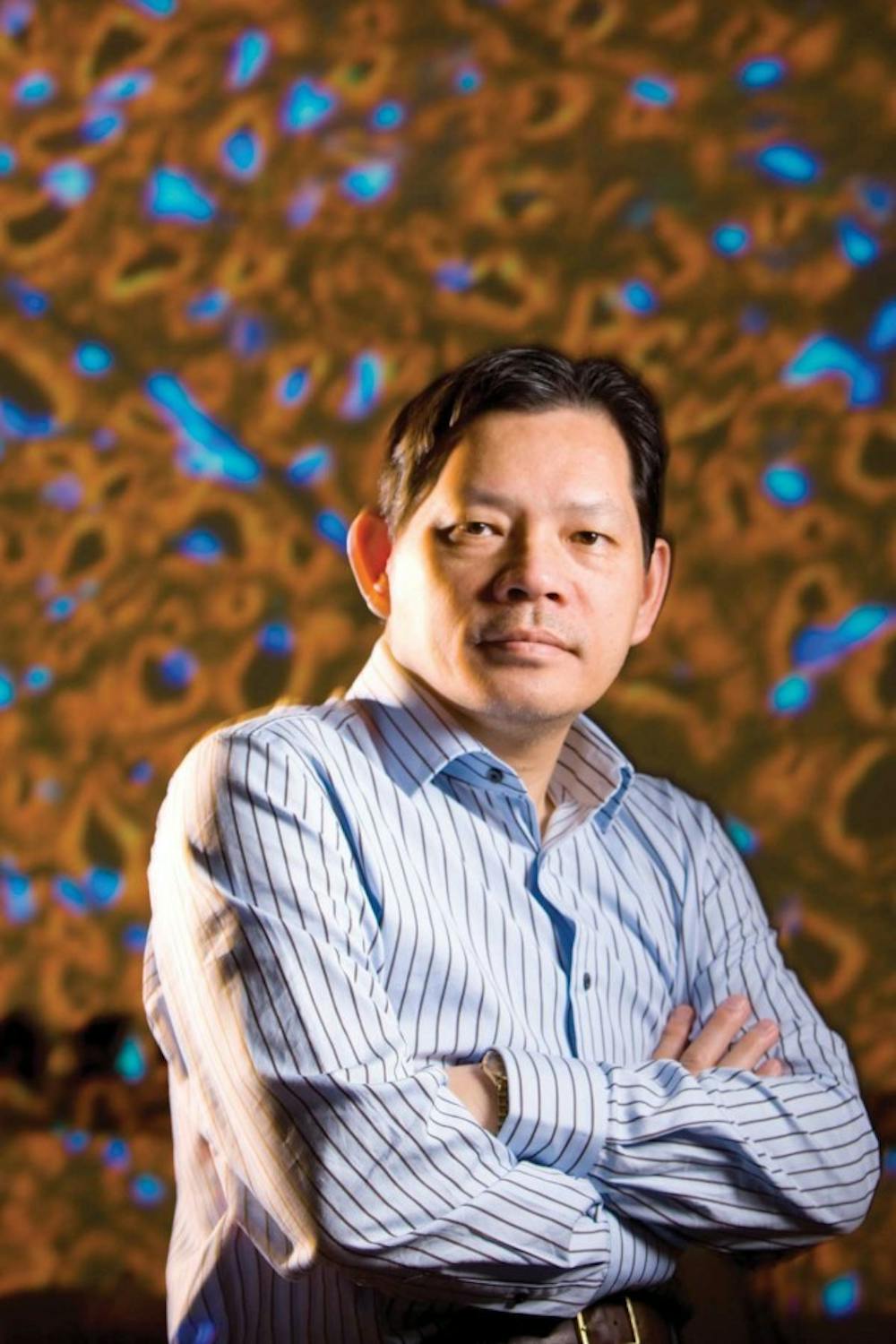Reversing heart failure and rebuilding cardiac tissue may sound like a futuristic treatment. However, UB researchers at the Center for Research in Cardiovascular Medicine have gathered results that can make these procedures a reality.
A group of UB researchers have found a connection between bone marrow stem cells and a growth factor that stimulates repair of cardiac tissue. The stem cells, or mesenchymal cells, can be injected into skeletal muscle. This signals a chain reaction of growth factors that ends up prompting heart tissue growth.
The research team is led by Techung Lee, professor of biochemistry and biomedical engineering in the UB School of Medicine and Biomedical Sciences and the School of Engineering and Applied Sciences.
"The research for this started eight years ago and studies are going," Lee said. "We have found that the bone marrow stem cells are capable of producing growth factors."
Injecting the stem cells into the skeletal host tissue causes the production of growth factors by the host tissue.
"The [stem] cell growth factors signal a specific pathway that instructs the genome to make even more growth factors," Lee said. "This causes an amplification of growth factors."
The stem cells are taken from adult bone marrow during a tedious procedure. Once the cells are obtained, they have great potential. The stem cells possess growth factors of their own which include the cytokine proteins that can further activate the host cell growth factors.
The end result of the chain of growth activation is the actual tissue repair and healing of the cardiac muscle.
Lee's results can be found in the American Journal of Physiology-Heart Circulation Physiology. Working with Lee on the research are Arsalan Shabbir, David Zisa, Huey Lin, Michalis Mastri, Gregory Roloff and Gen Suzuki.
"It is important to look at the skeletal muscle as an endocrine organ that affects the whole body," said Arsalan Shabbir, fellow of the Medical Student Training Program and researcher alongside Lee. "At first we thought that fat didn't do anything… now we see it has inflammatory cytokines and can promote hardening of arteries."
Lee compares the effect that the skeletal muscle can have on the rest of the body to exercising. By stimulating the muscle, a normal heart's health is improved and risks of cardiovascular disease are reduced.
When adding the stem cells to the skeletal muscle, additional hormones and growth factors are introduced and stimulated. These can affect other specific parts of the body, in this case, the heart.
"Stimulating the muscle releases hormones and can counteract damage," Shabbir said. "Anti-inflammatories and growth factors are activated with the stem cell injections which contribute to rebuilding cardiac tissue."
Clinical trials have already been run on myocardial stem cell therapy. This involves an invasive surgery that requires injecting the stem cells directly into the heart in an attempt to stimulate growth and repair. Lee's findings could provide an easier way to help damaged cardiac tissue.
"Delivering the stem cells into the skeletal muscle is not a straightforward concept… but when activated the skeletal muscle can release more growth factor that a damaged heart needs to rebuild," Lee said.
While research is still ongoing, Lee says that a company has already shown interest in running clinical trials on the mesenchymal stem cell therapy.
Funding for the research was provided by the National Institute of Health. Results of Lee's research can be located in an online article at http://www.ncbi.nlm.nih.gov/
pubmed/20852053.
E-mail: news@ubspectrum.com





